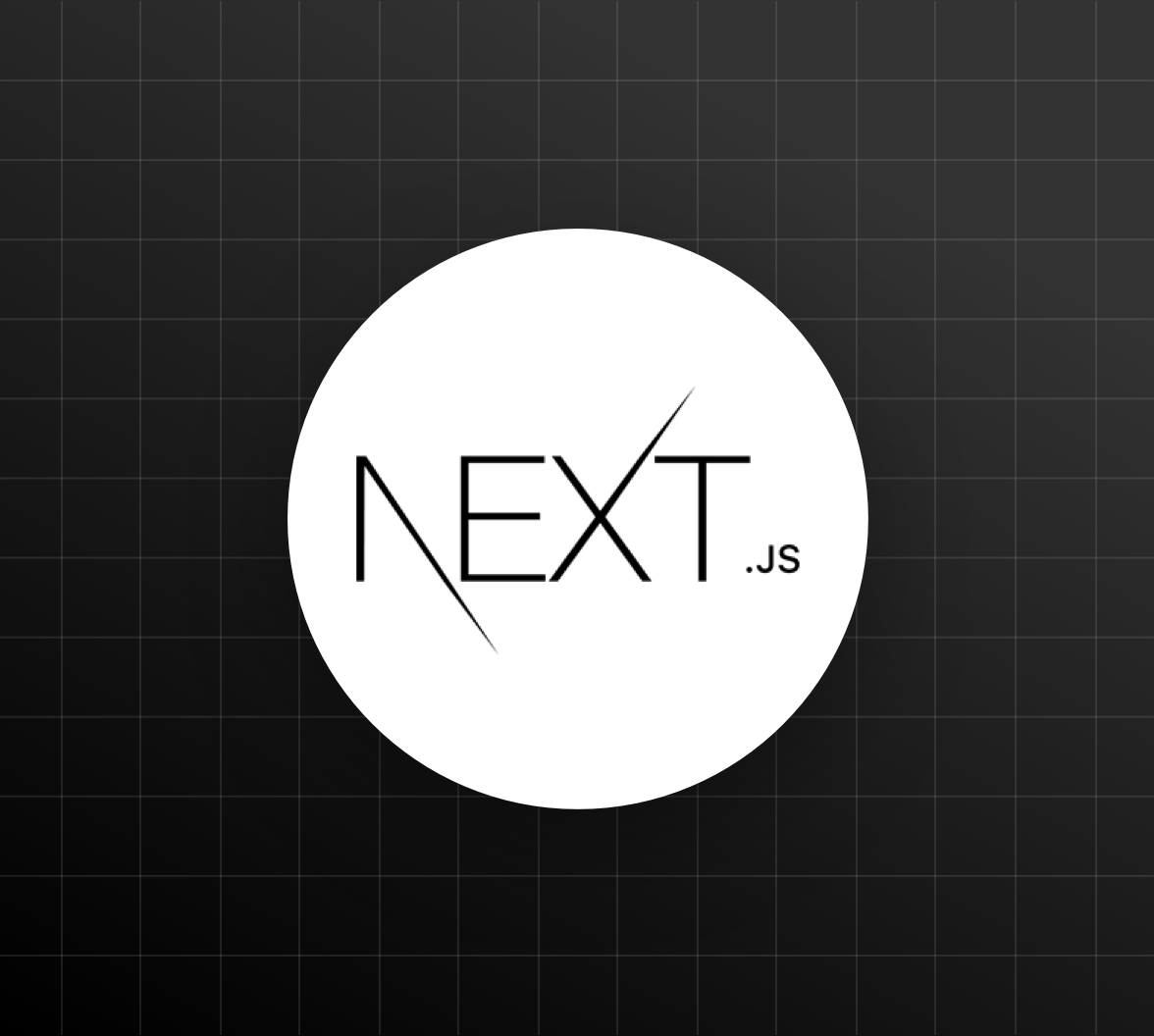To create a high-quality output, it is necessary to equally devote time to the idea, the selection of the team, and the building of a plan for the development and examination of the game. Developing a mobile f2p game by a large development studio is distinct from creating a similar plan by a small team. In the latter case, some stages are simplified, combined, swapped, or worked on in parallel.
Steps of creating a game
The game development process of creating a mobile game may be roughly distributed into preproduction and production: preparation for the release of game content and the production itself. However, to understand the essential subtleties, it is worth digging deeper.
Preproduction
It is the means of preparing to produce a video game. The preproduction step includes 3 sub-stages: idea search, concept creation, and prototyping. Well-planned preproduction reduces the duration of the next stage and saves the budget. By what means? – If the risks are brought inside the report, the success factors of the project are classified, plus economy, unique features, and mechanics are brought to perfection, there will be fewer global edits during production.
Searching for an idea
You need to evoke emotions in players that will be at least slightly different from what can be experienced in the real world. But at the same time, it is necessary to maintain a balance within the world familiar to the member and something unusual, because they come to the game precisely for new impressions. There are various genres including settings in the gaming industry. For example, FPS / TPS, RTS, Horror, and all kinds of simulations. And the setting can be historical, fantasy, steampunk, or cyberpunk. Unlike the setting, not all genres are suitable for the mobile version. Therefore, already at the stage of searching for an idea, you should imagine how your game will look as a result. For example, imagine a situation: your player, after a hard day’s work, goes home by subway. He rides standing, and there is a strong crush in the car. To move a little away from the gray reality and tickle the nerves, he reaches for his phone and wants to enjoy your Horror. Absurd? Right! A mobile device does not provide the same level of immersion as a PC, set-top box, or even more so VR. Think over cool and, most importantly, appropriate for mobile gaming ideas before starting the game development, ”the project supervisor shares his experience.
Concept production
It is a preparatory step, the purpose of which is to polish the idea of a future game and collect basic game design documentation. They provide a concise yet succinct description of the game with key aspects. An important point: all design documents must be regularly updated and made available to all employees.
Prototyping
At this step, the company prototypes their approach: they test ideas and hypotheses, translating them into small, simple prototypes. For example, he creates 2-3 options for the visual layout of the levels to choose the most successful one in the end. The same goes for the mechanics and behavior of the personas. They normally spend a minimum of time on a prototype – they test only what is needed, and do not pay attention to its “beauty” A prototype that is difficult to achieve and “combed” will not affect the final look of the game in any way, so there is no need to spend resources on its preparation. Read more on https://whimsygames.co/blog/game-design-instructions-examples/
Production and closed beta testing or playtest
The multiple resource-intensive stages of producing a mobile game. The task is to release a full-fledged version for internal review by producers, closed beta testing, tech launch, or soft launch. At this stage, the game is created. The team prepares:
- the necessary art,
- animates;
- adjusts the game balance;
- programs;
- tests a lot.
The result of the production is the first version.
At the closed beta stage, the finished game is shown to a new audience limited by the number of members. It helps you find game design bugs, spot problems, and see the big picture of how players interact with the final product.
Soft Launch and release
At this moment the real “life” of the game begins. At the stage of a soft launch, the product is presented to a wider public, for example, they open access to it in several countries.
At this stage, the game is promoted in the App Store and Google Play, the community is developed and, if needed, the technical support service is expanded, selling events are launched, and new content is being worked on.






